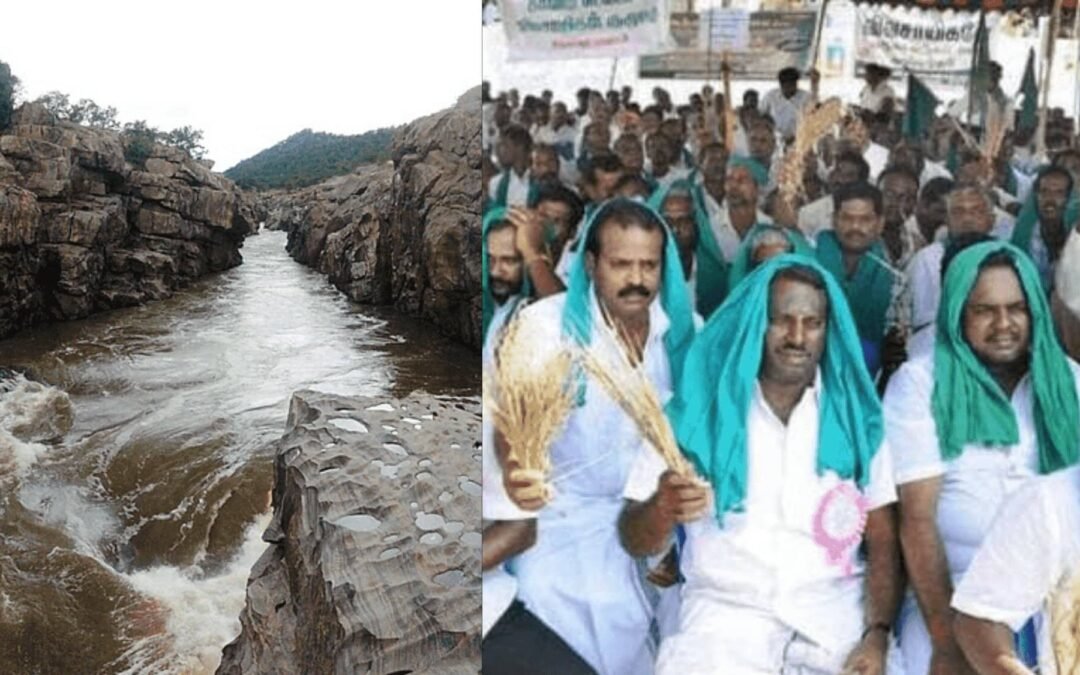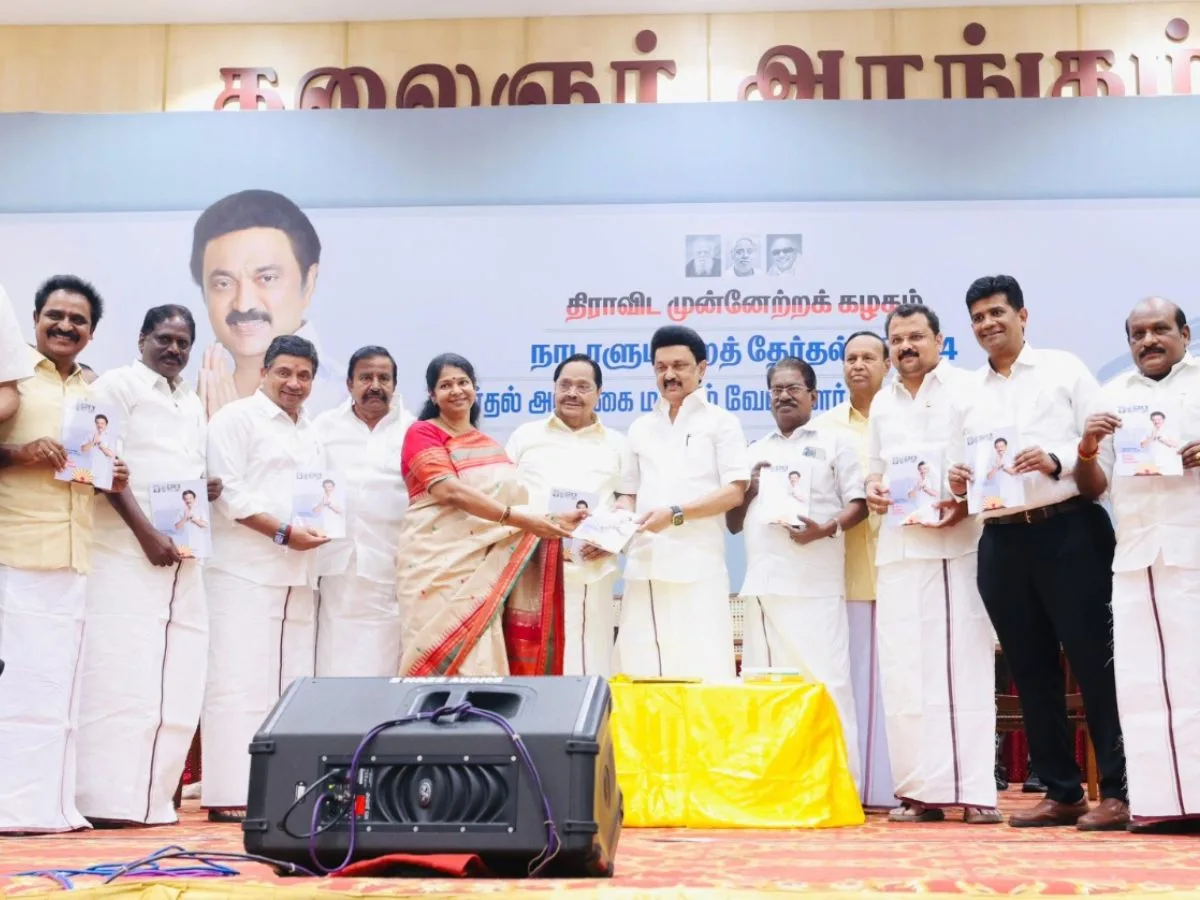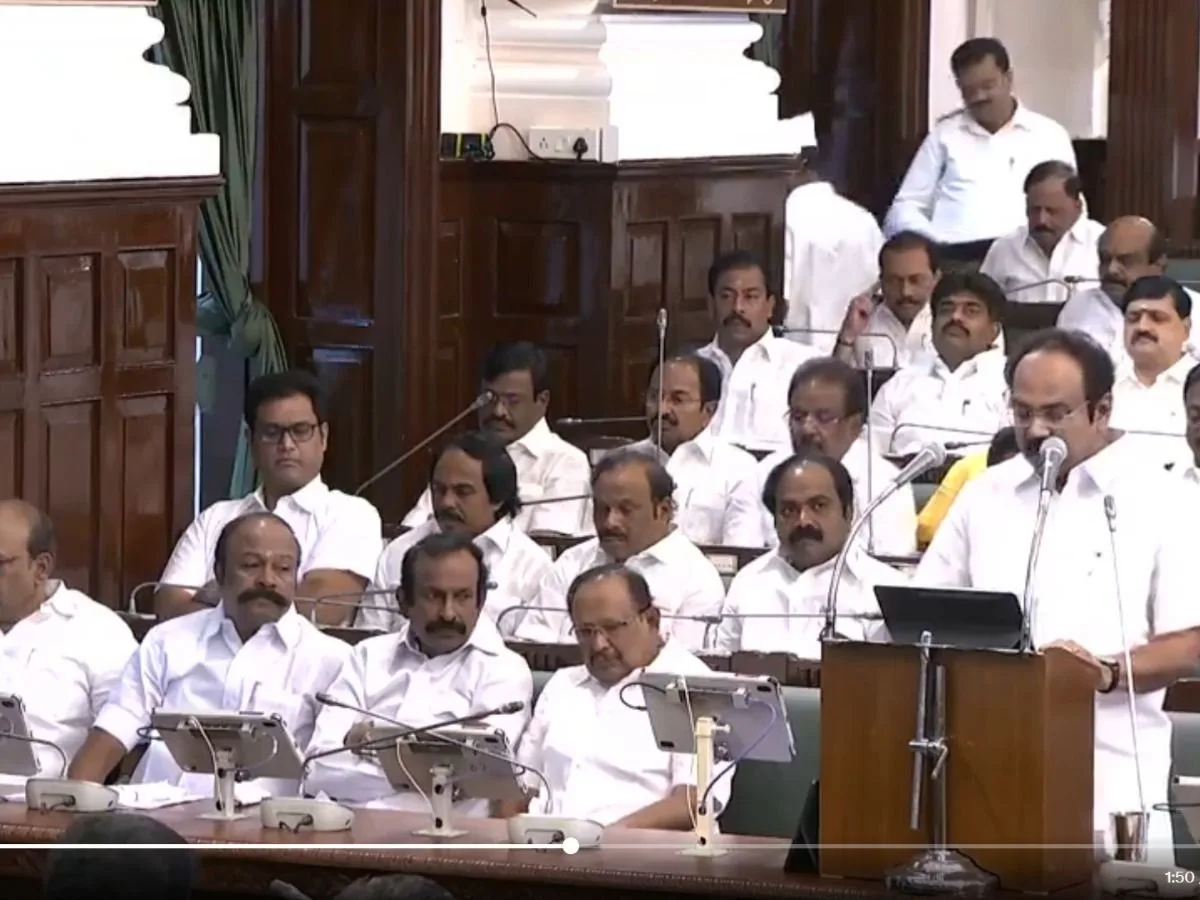Read in : தமிழ்
This year we have seen the Cauvery in spate and its course in Tamil Nadu filled with water and much water flowing into the sea. This has led to talk in Karnataka, backed by figures, that an additional dam at Mekedatu would make better use of surplus water during times of good flow.
The Cauvery river tribunal in its 2013 verdict of water sharing — the allotment of 740 tmc ft, deduced with 38 years of river flow data, was basically a variable and it came with a 15 year validity, prone to yearly fluctuation. This quantum could vary year after year and could be adjusted between the states in times of distress with the intervention of the judiciary.
The final verdict in 2018 ruled that 740 tmc ft from the basin be shared as follows: 404.25 tmc ft for Tamil Nadu, 284.75 for Karnataka, 30 tmc ft for Kerala and 7 tmc ft for Puducherry from the river basin. Karnataka has to release TN and Puducherry’s share of 177.25 tmc ft every year in monthly installments.
Now citing surplus from the Cauvery draining into the Bay of Bengal, a Rs. 9,000-crore balancing reservoir has been proposed at Mekedatu, seeking to impound a 67 tmc ft by the Karnataka government.
Good monsoon
With the advent of the Southwest monsoon hitting the west coast and ensuring 3/4th of annual rainfall to the Western Ghats, reservoirs are prone to full storage during normal and above normal monsoon seasons.
It is the Cauvery delta on TN’s side that is usually faced with a deficit in summer, being a rain shadow region.
The final verdict in 2018 ruled that 740 tmc ft from the basin be shared as follows: 404.25 tmc ft for Tamil Nadu, 284.75 for Karnataka, 30 tmc ft for Kerala and 7 tmc ft for Puducherry from the river basin. Karnataka has to release TN and Puducherry’s share of 177.25 tmc ft every year in monthly installments
The verdict’s mandate of month wise release starting in June with two-thirds of the annual quota delivered before September (123 tmc ft) and the remaining over the rest of the year is an arrangement for the Kuruvai and Thaladi, short term rice crops in summer, followed by Samba, the long term crop.
Stating that a new reservoir would only let Karnataka store more and release even less, “in case of an extra 67 tmc ft reservoir, which is almost 3/4th of the [storage at] Stanley, reservoir it would be detrimental to our Delta agriculture and thereby the economy,” M Natarajan, Technical Advisor, Cauvery Delta Farmers Welfare Association, told Inmathi.
Mr. Natarajan cites Karnataka’s record in implementing the tribunal verdict and says, “Since 2018, coincident with the final verdict owing to good monsoons, there have been no major issues between the two states in water sharing. Otherwise they try to store to their capacity and release water only afterwards. In the past, for even half tmcft, we had to meet the CM, then the PM and give them pressure from the Centre[ New Delhi].” This has made Tamil Nadu farmers apprehensive of another dam in Karnataka that would only give it unfair control over the river.
As per the latest Central Water Commission’s report on flow level in reservoirs updated last week for this water year, starting June till the second week of August, TN has already received an inflow of 248.05 tmc ft – excess of 191.3 tmc ft as against the stipulated 56.7 tmc ft, the CWC report says.
“Since the rainfall was torrential at both the ends of the basin, a surplus of 500 tmc ft was expected. Otherwise in a normal year, there is hardly an event of surplus considering the flow in the last 15 to 20 years. At times, the surplus will only reach Mettur, whereas it has to reach the end of the Delta and then to the sea,” P.R. Pandian, told inmathi.com.
Since the last decade TN has received more than its share on four occasions in 2013, 2014, 2018 and 2019.
Accounting that surplus is quite normal in times of heavy rainfall, Mr Natarajan said, “So far, from 1991 to 2005, almost 1,500 TMC would have gone to the sea, during surplus years of copious rainfall. The yield is not fixed, it would change year after year and it could be dependable for 40 or 50 years. There will be ups and downs in the flow depending on the rainfall pattern. The Supreme Court considered Bengaluru wholly and awarded 4.75 tmc ft (earlier, the tribunal had considered only 1/3rd of the city) and on this side, TN, treating groundwater irrigation as an alternative potential, was deprived of 10 tmc ft.
But groundwater depends on the Cauvery basin, as only the river can recharge most of the aquifers.
Also Read:
How Karnataka says Mekedatu is win-win for TN also
Cauvery in spate: Is just Mettur dam enough?
Best use of surplus
Pointing out the obsession with surplus, Prof. Janakarajan, Madras Institute of Development Studies told Inmathi, ”To attribute surplus to a river, is itself a misnomer. A river cannot have a surplus. The river has to reach the sea, the more the better. It is natural as it will bring down acidification of the sea.”
“The question is to whom it is a surplus — to Tamil Nadu, to Karnataka, or to the river itself? Just because the flow exceeds the stipulated usage, is it a surplus?” he asked.
Construction of reservoirs, dams, check dams and other structures slowing down the river and mechanistic harvesting of water, coupled with the effects of pollution due to industrialisation, has led to an excess of salts and inorganic element contamination in the river bodies across the world.
Hydrologists working on river basins feel that with the advent of climate change events, large dams won’t be part of the solution, considering their lifetime and expenditure in the backdrop of extreme rainfall events followed by sudden drought and rising temperatures.
Cautioning that we are yet to witness increasing water demand for irrigation, Anandharuban Panchanathan, an expert in hydrology and postdoc at the University of Oulu in Finland said, “Unlike extreme rainfall events which are comprehensible, drought events catch us unaware. First there would be a meteorological drought followed by a storage drought then it would be an agricultural drought. Large dams won’t be our saviour to water woes.”
The total capacity of the reservoirs built across the river basin amounts to 310 tmc ft of live storage, which is approximately 42% of the dependable yield of 740 tmc ft. this means that at any point of time in the water year (a water year starts in June and ends in May), the reservoirs can hold a maximum of 300 tmc ft. Adding a mere 67 tmc ft would not be a solution to the irrigation demand, which will only increase in the future.
Hydrologists working on river basins feel that with the advent of climate change events, large dams won’t be part of the solution, considering their lifetime and expenditure in the backdrop of extreme rainfall events followed by sudden drought and rising temperatures
Rather than favoring larger constructions, Dr. Panchanathan supports local interventions. “Even with the larger dams, there is a limit to the storage capacity which in turn limits the needs of growing population and irrigation demand. Local interventions should be encouraged like constructing small storages, tanks, ponds and reservoirs.”
Strengthening the river drainage system and linking small storage structures, surface capacity in the Delta can be increased by 1000 TMC, says experts.
Read in : தமிழ்











